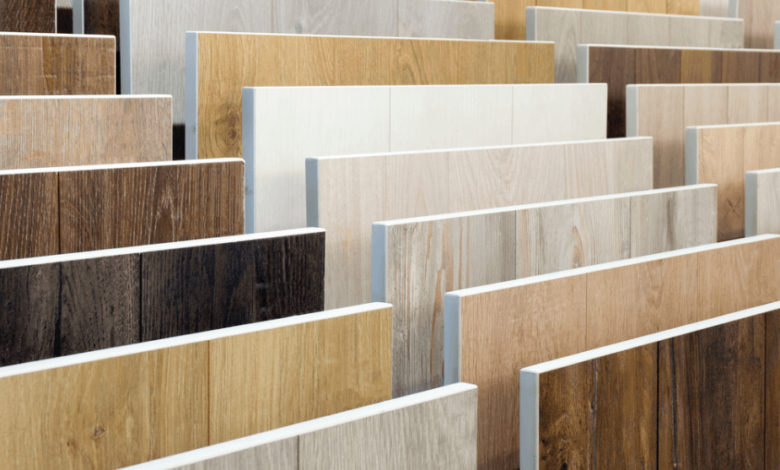Understanding Laminated Plywood: A Superior Alternative to Solid Wood

In the realm of woodworking and furniture construction, the choice between laminated plywood and solid wood often sparks debate. While both materials have their merits, laminated plywood stands out as a versatile and practical option for various applications. This article explores the distinct advantages of laminated plywood over solid wood, highlighting why it has become a preferred choice in modern craftsmanship and construction projects.
What is Laminated Plywood?
Laminated plywood is engineered wood made from multiple layers of thin veneer that are glued together. Each layer, or ply, is positioned with its grain direction perpendicular to the adjacent layers, enhancing the strength and stability of the sheet. The outer layers, known as faces or plies, are typically made from higher-quality wood, while inner plies are made from less expensive wood or composite materials.
Advantages of Laminated Plywood
1. Strength and Durability
One of the primary advantages of laminated plywood is its superior strength compared to solid wood. The cross-graining technique used in plywood production reduces the tendency of the wood to split, warp, or crack, making it exceptionally durable. This structural integrity makes laminated plywood ideal for applications requiring robust materials, such as in construction and furniture making.
2. Dimensional Stability
Unlike solid wood, which can expand or contract with changes in humidity and temperature, laminated plywood exhibits excellent dimensional stability. The alternating grain direction of its plies counteracts the natural tendency of wood to swell or shrink, ensuring that laminated plywood panels maintain their shape and size over time. This stability is crucial for applications where precise dimensions are essential, such as in cabinetry and flooring.
3. Uniformity
Another advantage of laminated plywood is its uniformity in strength and appearance. Solid wood can vary significantly in grain pattern, color, and texture, which may not always be desirable in large-scale projects where consistency is key. Laminated plywood, on the other hand, offers a consistent surface that is easier to match and finish, resulting in a more aesthetically pleasing end product.
4. Cost-Effectiveness
Laminated plywood tends to be more cost-effective than solid wood, especially for large-scale projects. By using thin layers of wood efficiently bonded together, manufacturers can produce strong and dimensionally stable panels at a lower cost than solid wood of equivalent size and thickness. This affordability makes laminated plywood a practical choice for budget-conscious builders and designers.
5. Environmental Sustainability
In today’s environmentally conscious world, laminated plywood presents an eco-friendly alternative to solid wood. utilizing thin veneers from fast-growing trees and wood scraps, plywood manufacturers reduce waste and promote sustainable forestry practices. Furthermore, the efficiency of plywood production results in fewer resources expended per unit of usable material compared to solid wood, making it a greener option for environmentally responsible projects.
Read also: The Hidden Harmony of In-Ceiling Speaker Systems
Conclusion
In conclusion, laminated plywood offers a multitude of advantages over solid wood, making it a preferred choice for many applications in construction, furniture making, and beyond. Its superior strength, dimensional stability, uniformity, cost-effectiveness, and environmental sustainability make laminated plywood a versatile and practical material for modern craftsmen and builders. Whether you are designing custom furniture, renovating your home, or undertaking a large-scale construction project, laminated plywood proves itself as a reliable and efficient choice in the world of woodworking.
By understanding these advantages, you can confidently choose laminated plywood as your preferred material, knowing that it not only meets but exceeds the expectations for quality, durability, and sustainability in today’s competitive market.





